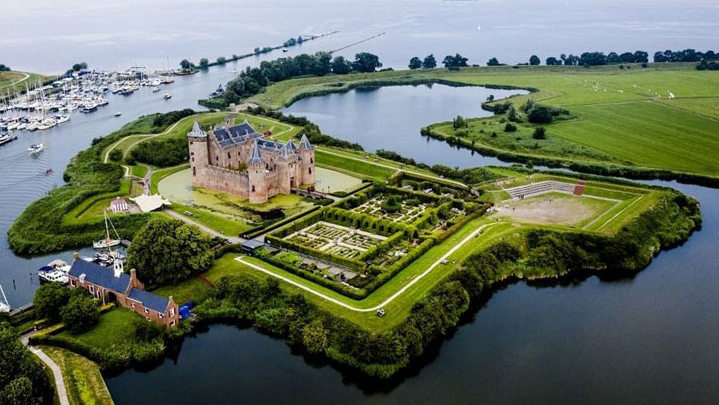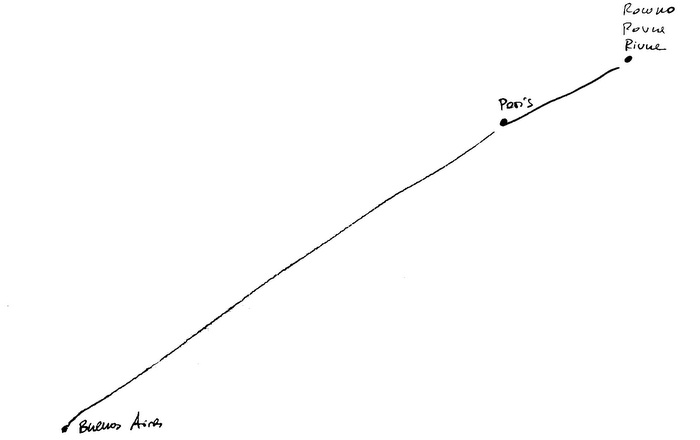The Defense Lines of Amsterdam, in the Netherlands, are currently one of the places included by the United Nations Education, Science, and Culture Organization (UNESCO) in the World Heritage List.
The ring of fortifications built between 1880 and 1914 around Amsterdam, the capital, is a unique system based on the use of water as a means of defense and a set of 42 forts, recognized for their cultural value.
Its initial purpose was to protect the Kingdom of the Netherlands through a wide range of artillery that acts in conjunction with the temporary flooding of polders -a Dutch term that describes land surfaces gained to the North Sea- and a system of canals and locks.
Another of the sites recognized by UNESCO in the Netherlands is Schokland Island, a title it deserved in 1995 because the area has vestiges of human habitation dating back far into prehistoric times. It symbolizes the age-old struggle of the Dutch people against the encroachment of the waters.
The historic area of Willemstad; Inner City and Harbour in Netherlands Antilles; the Mill Network at Kinderdijk-Elshout; the Wouda Pumping Station; the Beemster Polder and the Rietveld Schröder House, are also included to UNESCO's World Heritage List.















